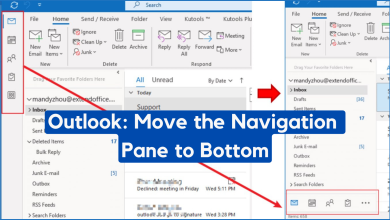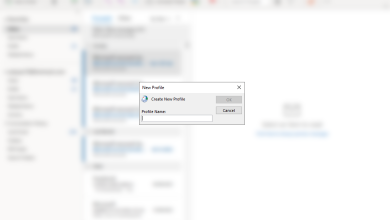How to Fix Missing Microsoft Teams Add-in for Outlook on Windows 10?
Microsoft wants its users to be able to efficiently switch from one product to another. Microsoft Teams-Outlook integration is one such example. Users can quickly access Microsoft Teams directly from their Outlook email client through a simple click. Once you have installed the Microsoft Teams add-in for Outlook, a new icon will appear in the ribbon at the top of the Outlook page. But these recent build-upgrades from Microsoft are not entirely error-free.
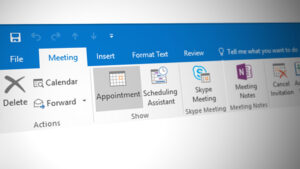
Lately, people have been reporting missing Microsoft Teams Add-in for Outlook. In this case, even though users successfully install Microsoft Teams Add-in for Outlook (doesn’t matter automatically or manually), they still can’t access it in Microsoft Outlook. This makes the user frustrated while scheduling group discussions or meetings as they need to go back to old ways i.e., to start Microsoft Teams separately and schedule their meetings and work from there. Microsoft Teams Add-in disappears from the Outlook ribbon as follows:
What Causes Missing Microsoft Teams Add-in for Outlook?
Maybe the most common nuisance related to Outlook add-ins is about missing the add-in toolbar (add-in options menu) from the main Outlook window. While in some cases it’s just that the toolbar is not placed in a visible location (so the user misses seeing it). Most of the time, Outlook disables an add-in (and its toolbar) because it conflicts with a third-party add-in or because the add-in performed an action that caused Outlook to stop responding – thus Outlook disables the related add-in in order to prevent future crashes. Some of the causes of Missing Microsoft Teams Add-in for Outlook are:
- Outdated Office: The user might be on an older, incompatible version of Office. For add-ins to be deployed the user must have Office ProPlus or Microsoft 365. You can check this manually by going to the application, such as Word, then select “File” > “Account”. Under Product Information, you should see Microsoft 365 Apps for the enterprise.
- OAuth Exchange Authentication: Microsoft Exchange stores the add-in manifests within your organization’s tenant. The admin deploying add-ins and the users receiving those add-ins must be on a version of Exchange Server that supports OAuth authentication. By default, Exchange Multi-Tenant and Dedicated VNext deployments support OAuth. Exchange Dedicated Legacy and hybrid on-premises deployments can be configured to support OAuth; however, it isn’t the default configuration.
- Nested Groups: Add-ins will no longer appear to the user if the user is removed from a group that the add-in is assigned to. Centralized deployment currently does not support nested group assignments. It supports users in top-level groups or groups without parent groups, but not users in nested groups or groups that have parent groups.
- Authentication Requirements: To use the Teams Meeting Add-in for Outlook, you will need to sign into Teams using Modern Authentication. This is the term Microsoft prefers to use for what most other programs call multi-factor authentication.
Pre-requisites:
We recommend you go through these small but promising workarounds to rectify your problem as sometimes, we miss common things and they aren’t supposed to be ignored in the first place. These are as follows:
- Software Criteria: Before you attempt to download the Microsoft Teams add-in for Outlook, please be aware that only the more recent versions of Office 365 and Exchange allow the installation or use of add-ins. To use this add-in, you will need to be running one of the following versions at least; Office 2013, Office 2016, Exchange 2013, and Exchange 2016.
Once you have the correct version of Outlook and Microsoft Teams on a computer, the add-in should appear in the Outlook menus and options automatically. But in case, if it does not appear in Outlook, let’s see what its solutions are. - Install MS Teams App with Admin Privileges: One requirement for successfully installing the add-in on a Windows computer is that the user must have administrator permissions on the computer. This is a requirement because COM add-ins to Outlook write to the Windows registry, and only administrators can modify the registry. If the user who wants to schedule Teams meetings in Outlook is not an administrator, an administrator must install the Teams app first, and then the user can sign in and run Outlook.
- Run Outlook in Normal Mode: When starting Outlook, do not run it with elevated permissions as this can interfere with identifying registered COM add-ins.
Solution 1: Register Microsoft Teams DLL Files
A dynamic link library (DLL) contains program code that a number of applications may need to access in order to run. In order for programs to find the DLLs that they require, the DLLs must be registered. regsvr32 is a command-line tool in Windows that stands for Microsoft Register Server. It’s used to register and unregister Object Linking and Embedding (OLE) controls. When regsvr32 registers a DLL file, information about its associated program files is added to the Windows Registry. It’s those references that other programs can access the registry to understand where the program data is and how to interact with it.
When we compile an application and put its dependent complied dlls in the same folder of the exe file, the application should run without any problem. But sometimes we still need to register those dependent dlls using the regsvr32 command because the only exception to this is COM and ActiveX DLLs which need to add certain keys to the registry. This proved to be a helpful solution for many users online as per the data collected by our Research Team. For a normal DLL (including .NET class libraries), all you need to know is the path to the DLL. To register Microsoft Teams Dll files, follow the steps below:
- Click Start, search This PC, and open it.
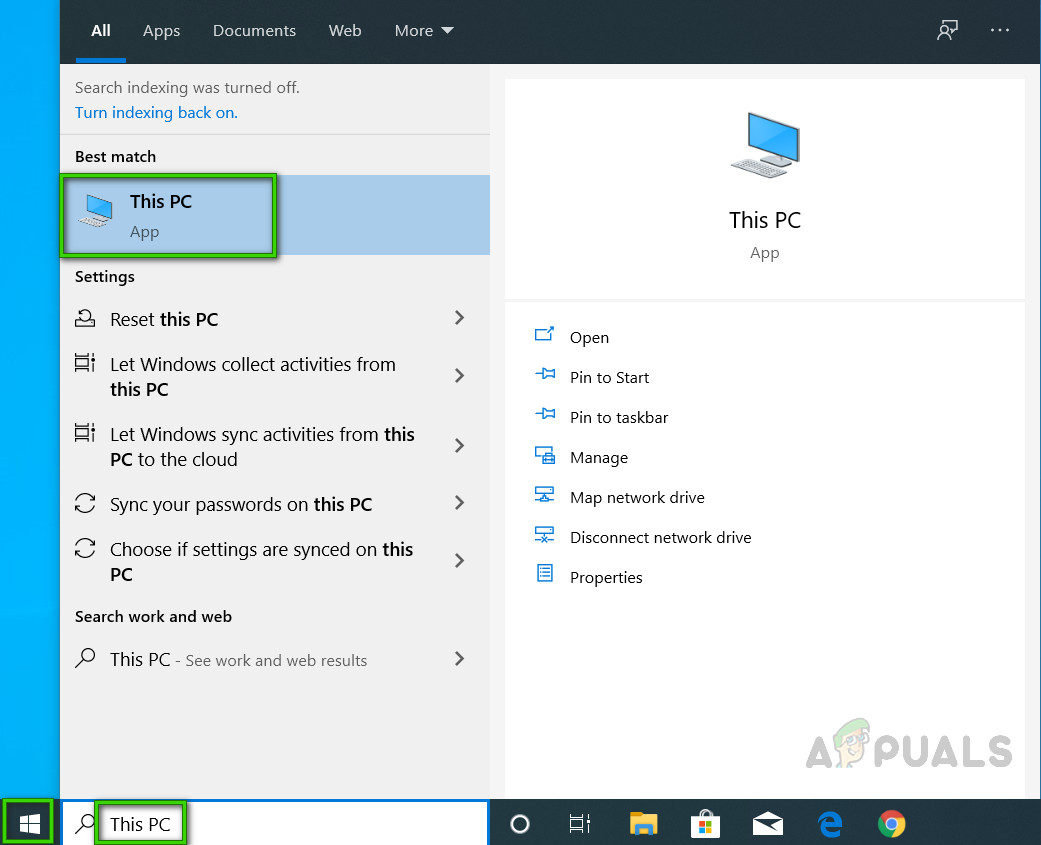
Opening This PC - Open C drive and then find Microsoft.Teams.AddinLoader.dll in your user account. The path may wary due to the different versions e.g., 1.0.20244.4 in our case. Copy this file path.
C:\Users\<your user name>\AppData\Local\Microsoft\\Teams\TeamsMeetingAddin\1.0.20244.4\x86
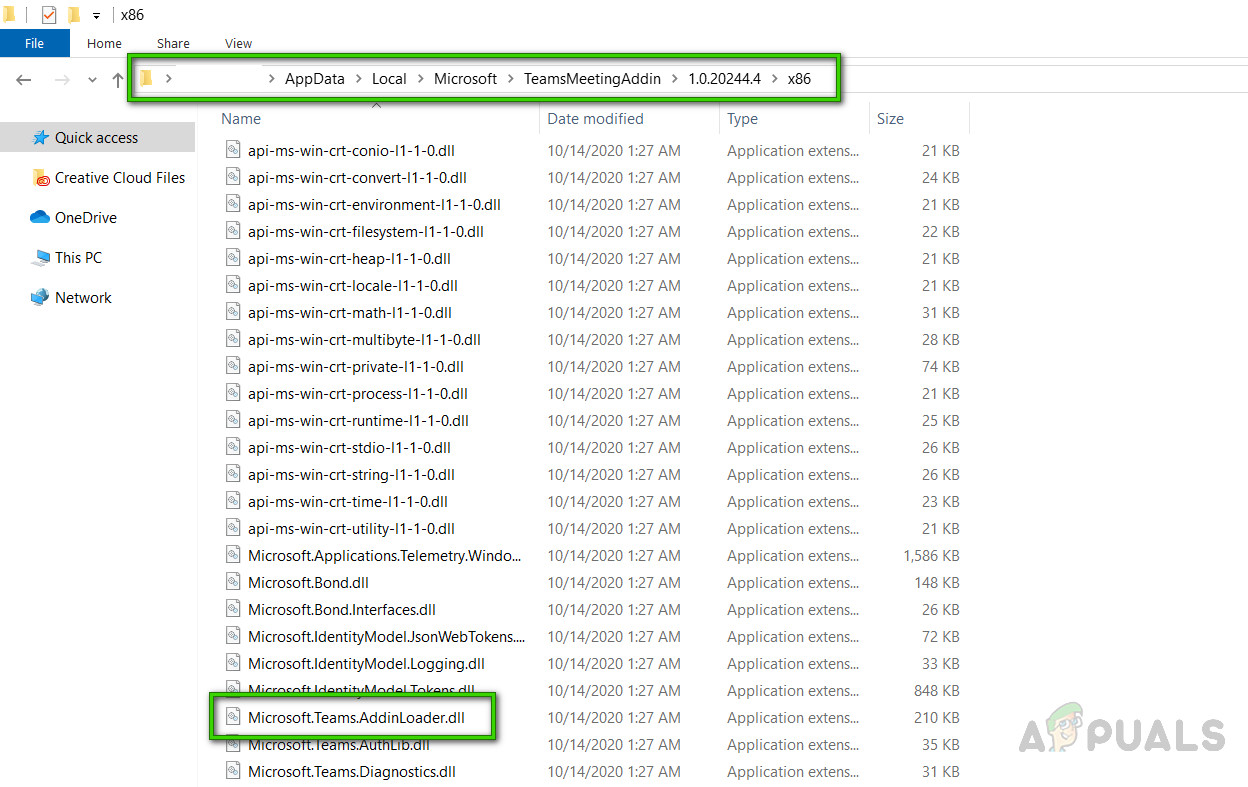
Finding Microsoft Teams Add-in Loader DLL - Click Start, search Command Prompt and click on Run as an Administrator option. This will open the Command Prompt window that is an automation tool of the Windows operating system.

Opening Command Prompt as an Administrator - Paste the file destination (that you early copied) in the command prompt and press Enter. First, it will verify the file path and then will ask for the file to register.
- Now, copy-paste the following command in the command prompt and press Enter.
regsvr32 Microsoft.Teams.AddinLoader.dll
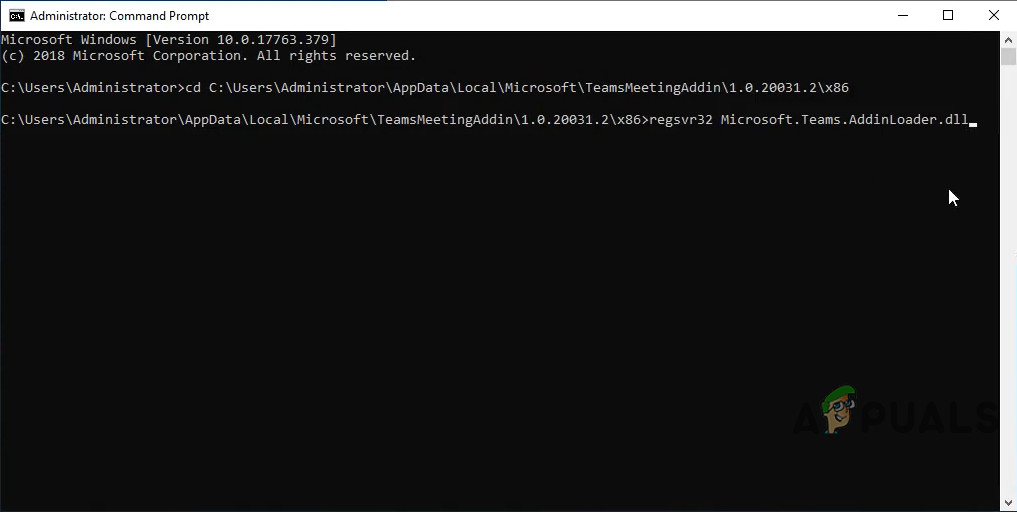
Entering Commands in Command Prompt - A popup box will appear saying “DllRegisterServer in Microsoft.Teams.AddinLoader.dll succeeded”. Click OK and close the Command Prompt.

Registering DLL File - Click Start, Power Icon select Restart. This will restart your PC and save all the changes made to the system.

Restarting PC - Once the Windows is successfully loaded, try running Microsoft Outlook. MS Teams Add-in should now be visible and working fine. In case it does not work then it means that either the Add-ins toolbar is disabled or Outlook is blocked in Meeting policies. Follow the solutions given below that help in tackling these situations.
Solution 2: Ensure Add-In Enable and Installed
Add-ins in Microsoft Outlook are small programs or utilities that help you automate tasks when you view or create messages. Microsoft has partnered with leading companies to build add-ins that help you get things done right from your inbox. The Microsoft Teams add-in for Outlook is a really useful integration tool for users of both programs. Its primary purpose is to allow users to schedule a Teams Meeting directly from Outlook rather than having to open both programs at the same time.
Outlook sometimes disables add-ins if it believes that an add-in is interfering with Outlook’s functionality or is a threat to privacy and security. In some cases, it is not the fault of the disabled add-in. Outlook can be overly aggressive here. If you rely on some add-ins and it is important for you to force that they stay enabled. This was the case for many users online and they were able to rectify the problem by following this procedure. Follow these instructions to check either Microsoft Teams add-in is installed and enabled.
- Click Start, search Outlook, and open the specified program.
- Click File and then Options. This will open a window that contains all options and settings that the user can change in Microsoft Outlook i.e., General, Mail, Groups, People, etc.
- Select the Add-ins tab from the left bar in the Options window. This will show all available settings related to Add-ins for Microsoft Outlook.
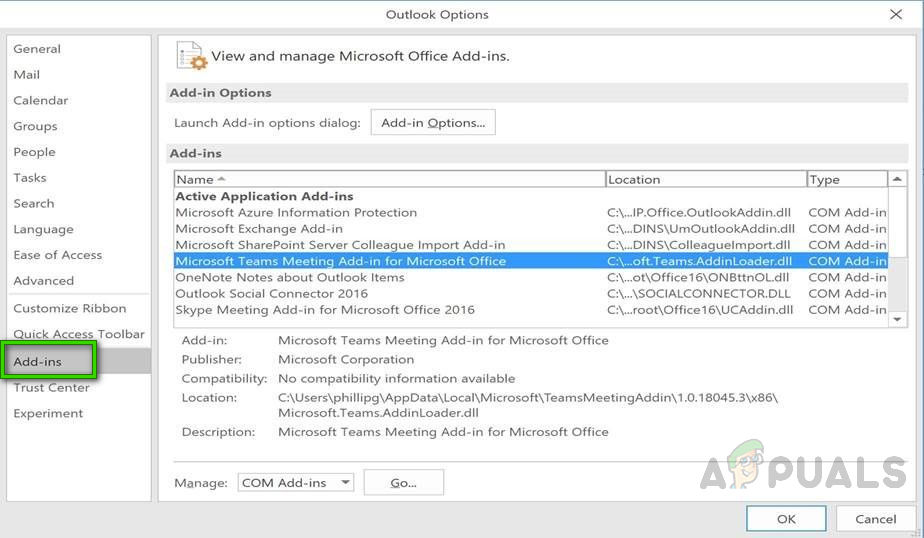
Opening List of Add-ins for Outlook - Confirm that Microsoft Teams Meeting Add-in for Microsoft Office is listed in the Active Application Add-ins list. If the mentioned Add-in is listed in the Disabled Application Add-ins list, select COM Add-ins in Manage drop-down menu and click Go. This will open the COM Add-ins window where you can allow/disallow all the Add-ins that you want in Microsoft Outlook Ribbon.

Opening COM Add-ins Management Settings - Enable Microsoft Teams Meeting Add-in for Microsoft Office in this list and click OK to save changes. This will enable MS Teams Add-in for Outlook on the main Outlook window.

Enabling Microsoft Teams Add-In for Outlook - Now restart the Microsoft Outlook application. This will ensure that saved changes are being accepted by the program execution. Microsoft Teams Add-in should be accessible under Microsoft Outlook Ribbon now. In case it still does not work then the only possibility left is; Microsoft Teams Meeting Policy has blocked the Outlook Add-in feature. Solution 3 will help you get through this problem.
Solution 3: Enable Outlook Add-Ins from Meeting Policies (Admin)
Meeting policies are used to control the features that are available to meeting participants for meetings that are scheduled by users in your organization. This is a per-user policy and applies before a meeting starts. Allow the Outlook Add-in setting to control whether Teams meetings can be scheduled from within Outlook (Windows, Mac, web, and mobile) or not. Also, users can access Teams Add-In from outlook home. If you turn this off, users are unable to schedule and access Teams Add-In and meetings when they create a new meeting in Outlook. For example, in Outlook on Windows, the New Teams Meeting option won’t show up in the ribbon.
Basically, we need to enable the Outlook Add-in feature in the Microsoft Teams administrative settings so that it may work in Outlook. This proved to be helpful for many users online. Follow the steps given below:
- Open Microsoft Teams Admin Center from your browser.
Note: This page is only accessible by technical authorities i.e., the IT Team. Therefore, make sure you have aligned any approvals from your organization before doing this. - In the left pane, select Meeting Policies under Meetings. This will take you to the terms and agreements of MS Teams policies.
- Under the General section, enable the Allow the Outlook Add-in option. This will allow Microsoft Teams to use its Add-in integration in Microsoft Outlook Software Interface.

Allowing Outlook Add-In Feature in MS Teams Meeting Policies - Restart your Microsoft Outlook client and see if MS Teams Add-in appears this time around. Your problem should finally be fixed now.

